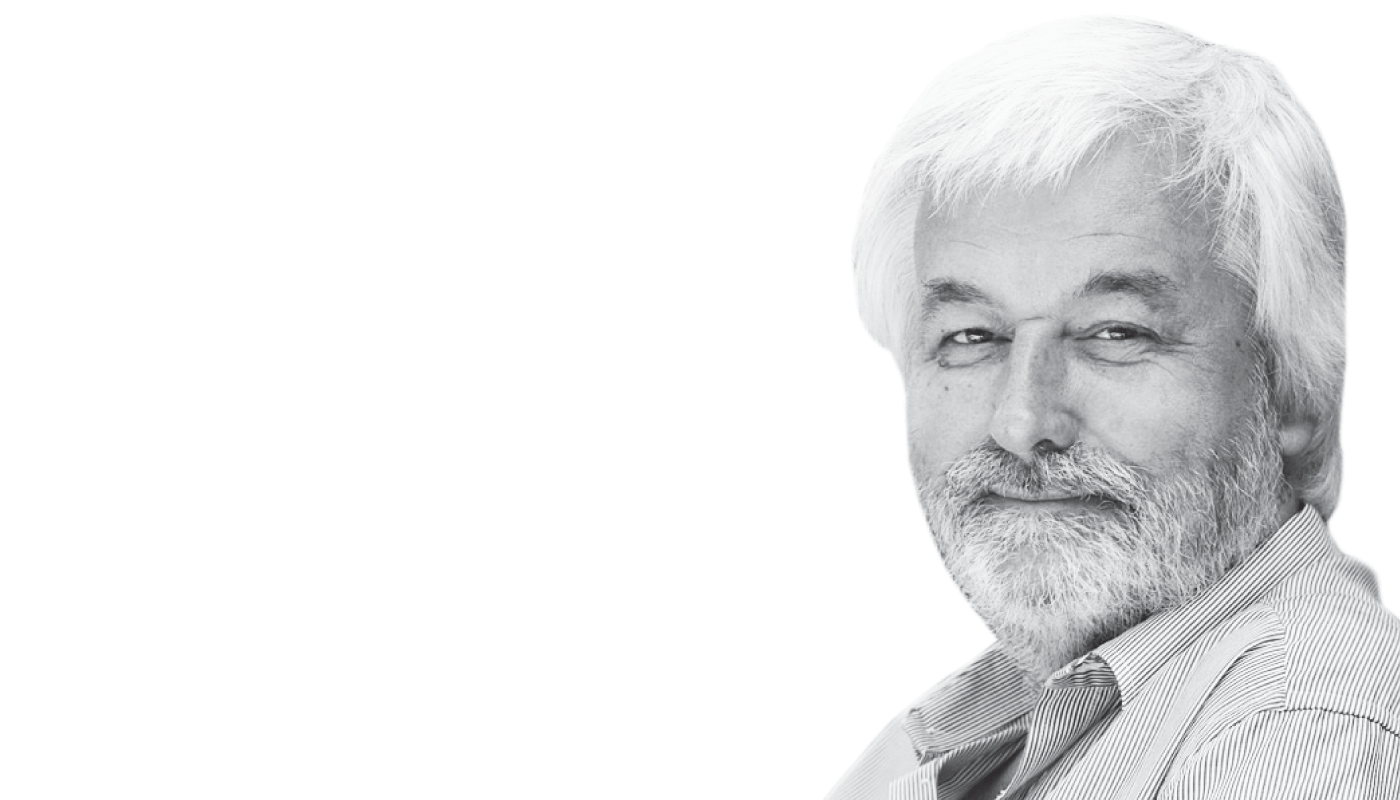
“Sampling – is not gambling”
Attributed to Pierre Gy (1924–2015), founder of the Theory of Sampling (TOS)
One may argue that there are more important things to worry about than correct, representative sampling in 2020 (and 2021). But consider the recent breakthrough from scientists investigating how city and municipal sewage systems can be used to monitor the community spread of SARS-CoV-2. And let’s not discount the vital interest in false negatives... We are constantly reminded about the importance of the quality of analytical results, upon which critical and vital decisions are made.
Though there are many important factors for a good analytical test (specificity, for one), it is well worth remembering that the preceding sampling uncertainty can be up to a staggering 25 times larger, at worse, when dealing with highly heterogeneous materials. As most of the readers will know, pretty much every material of interest in science and technology is just that: heterogeneous. The only question is to what degree?
For the uninitiated, I answered the question “Why We Need the Theory of Sampling” in a 2014 issue of The Analytical Scientist (1). Boiling down everything I had learned over many years, I offered a poignant summary of my cumulative impressions (apologies for the brashness): “So much homegrown statistics without hardly ever grasping the true and full nature of heterogeneity.” Put another way, representative sampling is always important; it is the only way to reduce the highly adverse effects of sampling bias (which is fundamentally different from the well-known analytical bias) and sampling variance. If left unheeded, poor decision-making and grave economic consequences will almost certainly result.
After two decades of broadening TOS understanding across science and society, I felt inclined to summarize the characteristics of optimal sampling approaches. A further motive was to offer a partial replacement for my extensive teaching activity (which I love dearly), which will have to be somewhat scaled back after a recent personal upgrade to Esbensen 7.0. It was time to act – to write and to edit.
I certainly had sufficient material (some would say too much) with which to work, having edited and written the Spectroscopy Europe SAMPLING Column for six years (2) – but I wanted to tie everything together with a storyline while adding selected excerpts from relevant didactic features of the TOS FORUM (3). I aimed to provide an introductory book for self-learning and the classroom. However, based on all my four decades of academic experience, it was clear that the standard textbook format could easily become counterproductive with this particular topic (TOS is complex, after all, and not at all "sexy").
Thus, I decided to remove all the usual (and admittedly frightening) mathematics and statistics, instead penning an enthusiastic account of my own story through the gamut of sampling. The right focus, I deemed, should take its point of departure from direct practical matters, but without leaving behind any of the core concepts, rules, and skills – or theory, and with plenty of examples and case histories!
The result was published in February 2020 (4).
Was it a challenge? You bet – but I felt compelled to rise to it. I spent around a year developing preliminary drafts, and I was lucky to receive invaluable help from my good friend Ian Michael (of IM Publications), who would go on to become the book’s editor and publisher. Our combined efforts allowed us to attack core questions in an easily understandable fashion, for example: “Why and how can we sample in a documentable fashion that guarantees representativity?”
And were we successful? I’ll have to leave that one for readers to decide; but if you are planning on jumping in, please don’t wait too long (4). I’m eager for readers’ feedback!
But there is a sting in the tale! After a decade-long drought on the TOS scene, I found myself releasing this new offering alongside not one, but two other contenders (5, 6)! Normally, a fierce competition might ensue; however, the other authors are not only colleagues, but also friends. It’s my genuine pleasure to acknowledge the Herculean efforts behind two additional textbooks that treat readers to a higher-level use of mathematics and statistics. And, as luck would have, there is virtually no overlap between these magnum opera and my story. In fact, I’d like to think my introduction will be viewed as a valuable and useful stepping stone into (much) loftier matters if/when one so desires. A useful overview of all three books has been published recently and is freely available, too (7).
All that said, I am willing to wager that my introductory textbook will prove unsurpassed for most newcomers (4). So hello, and welcome to TOS!
References
- K Esbensen & Claas Wagner, “Why We Need the Theory of Sampling,” The Analytical Scientist (2020). Available at: https://bit.ly/3f5kFPe
- Sampling Columns, Spectroscopy Europe. Available at: https://bit.ly/3pBXykk
- TOS Forum, IMP Open. Available at: https://bit.ly/38UloSn
- K. Esbensen, “Introduction to the Theory and Practice of Sampling,” IMP Open (2020). DOI: 10.1255/978-1-906715-29-8
- F Pitard, Theory of Sampling and Sampling Practice, 3rd ed., CRC Press (2019). ISBN-10: 113847648X.
- G Lyman, Theory and practice of particulate sampling - an engineering approach, Published by “Materials Sampling & Consulting” Pty Ltd (2019). ISBN 9781646333820
- TOS Forum, issue 10 (2020), IMP Open. Available at: https://bit.ly/tosf10




